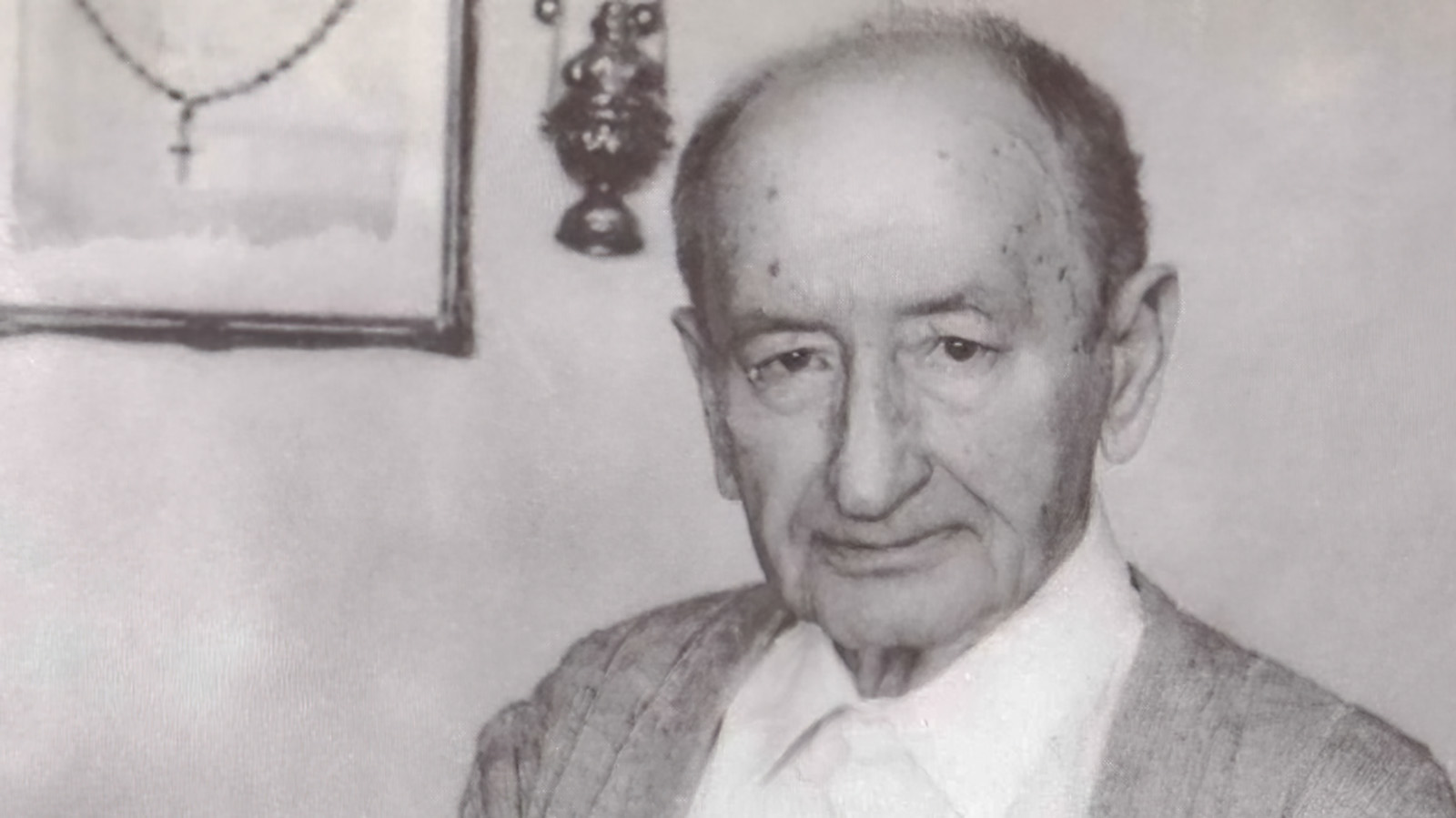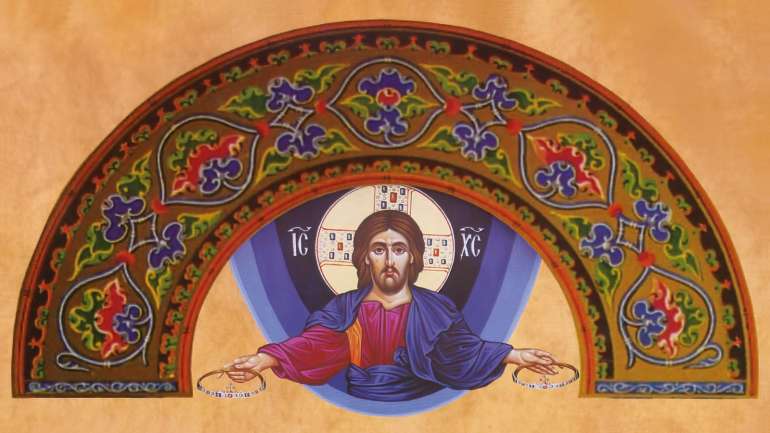By: Branislav Cvetković, museum advisor
The care for cultural and historical heritage in almost all areas of the Balkans emerged in recent period, and in the Serbian context, the first attempts belong to painter Dimitrije Avramović, who in 1847 published a book dedicated to the art and monuments of the Hilandar monastery, which is itself a cultural asset, a copy of which is kept by our Museum within the Collection of Old and Rare Books.
Art history as discipline and as part of historiography reached Serbia only when the society was moving towards modernization and Europe during the 19 th century. This blog therefore wants to commemorate the name and work of one of the early and successful Serbian art historians since this year is the 30th anniversary of his death. It was Petar Momirović, the first art historian who was born in Jagodina. His life’s journey and commitment to research of heritage reveal, on the one hand, tragic circumstances of widespread poverty in Serbia and on the other the strength of intellect and tenacity of one’s spirit. Petar was born in Jagodina on October 4, 1907. His father was Milosav Nešić, from Senje, whose ancestors came from Kosovo, and his mother, Darinka, was from family of Arandjelović. They were extremely poor and had many children, but despite their poverty, they were dedicated to reading and poetry, and Peter’s father was even a sub-deacon in the New Church in Jagodina. Because he lost his father when he was only three and due to additional impoverishment of the family during the Balkan and First World Wars, Petar, who had to serve in houses to survive, was adopted by the Momirović family, with whom he then moved to Kragujevac, where he completed his high school graduation. As a bright and good student who liked to read, in 1927 he graduated first from the Seminary in Bitola with excellent results, and then graduated Theology in Belgrade in 1932. Soon he began teaching from Bitola, Ćuprija and Smederevo, to Požarevac and Aleksinac, where he spent the Second World War. Since after 1945 he was left jobless and almost without civil rights because new authorities abolished religious education, a new period of severe poverty began for Momirović.
However, already in 1947 he began his work at the Church Museum of the Old Church in Sarajevo, and in 1950 he enrolled in art history at the Faculty of Philosophy in Belgrade, and moved to Novi Sad, where from 1955 until his retirement in 1977 he worked at the Provincial Institute for the Protection of Cultural Monuments. In Vojvodina, he organized a service for the protection and conservation of books and documents, as well as a workshop for conservation of old manuscripts and old printed books. During five decades, he published a number of texts and several books. He was president of Section of Art Historians of the Society of Museum Workers of Vojvodina, and his life’s work is corpus Old Serbian Records and Inscriptions in Vojvodina. His contribution to the protection of heritage and knowledge is highly valued, as evidenced by a series of reviews and collection of works dedicated to him, published in 1997 by the Archives of Vojvodina and Provincial Institute for the Protection of Cultural Monuments. He died in Novi Sad on July 8, 1993.





